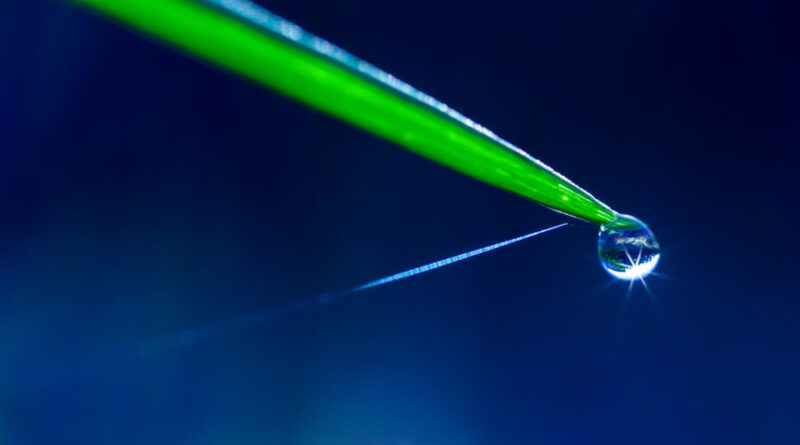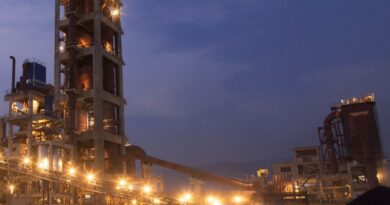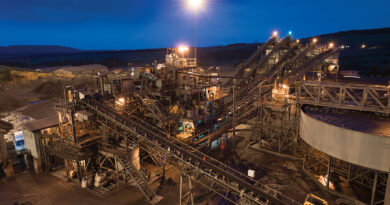Hydrogen Blue or green? A tale of two options
While current costs of green hydrogen production are typically more than three times higher those that of blue hydrogen, green hydrogen costs are expected to fall as electrolyser manufacturing technology improves and renewable electricity costs decline.
In Australia, for example, the levelised cost of electricity (LCOE) for solar photovoltaic (PV) power has fallen 80% over the last decade. With further declines, Australia’s green hydrogen costs could be competitive with blue hydrogen within this decade. And while this will put Australia on a par with other sun-rich countries, a proven track record in bringing complex energy projects to market and its stable regulatory regime is already attracting investment from the IOCs and major industrials.
A drop in costs of this order of magnitude will support a longer-term pivot from blue to green hydrogen. But the reality is that the world needs both to achieve the required pace of global decarbonisation.
Blue hydrogen production has a scalability advantage over green hydrogen at present and can already be developed in the requisite volumes, though lead times are longer. Most proposed projects are currently a combination of the two.
A blue hydrogen exporter in Australia or the Middle East, for instance, could establish a market position while expanding into green hydrogen as costs decline over time and capacity becomes available. Producers could thus build-out their low-carbon hydrogen supply chains as green hydrogen becomes more competitive over time.
A current challenge is defining what exactly constitutes ‘clean’ hydrogen and what level of lifecycle emissions are acceptable. The development of global trade will benefit from clear rules. Blue hydrogen production includes emissions in the upstream and those associated with the steam methane reforming of natural gas to hydrogen.
Producing both green and blue hydrogen can result in midstream emissions from the shipping of hydrogen to customers, the process/losses of compression/shipping/decompression, or use of LOHC. The adoption of blue and green ammonia presents additional scope for emissions – in its manufacture and cracking – though actual emissions differ markedly. Where CCS is used to address emissions, the capture efficiency of suppliers will also vary. And while all suppliers will no doubt claim a clean hydrogen product, it is inevitable that the emissions standards and measurement associated with some suppliers will be better than others, affording better access to markets. Quality always rises to the top.




